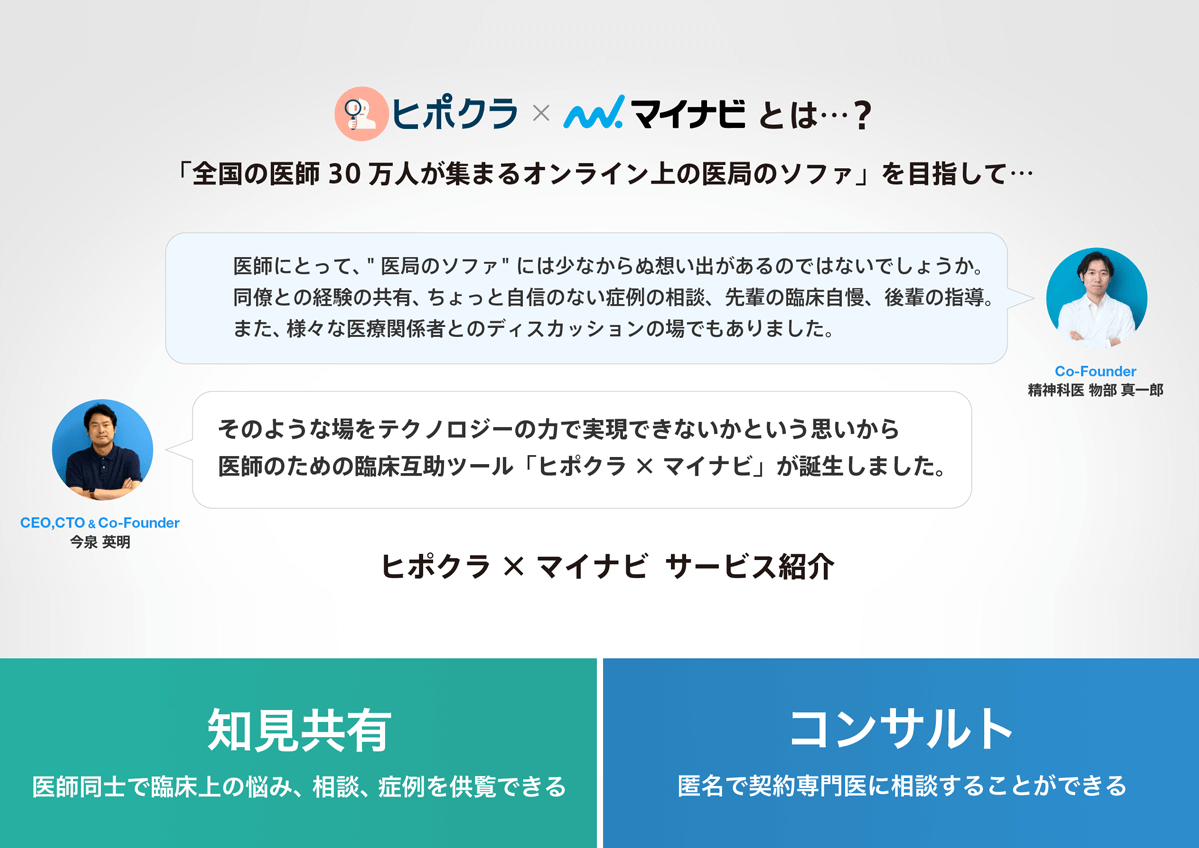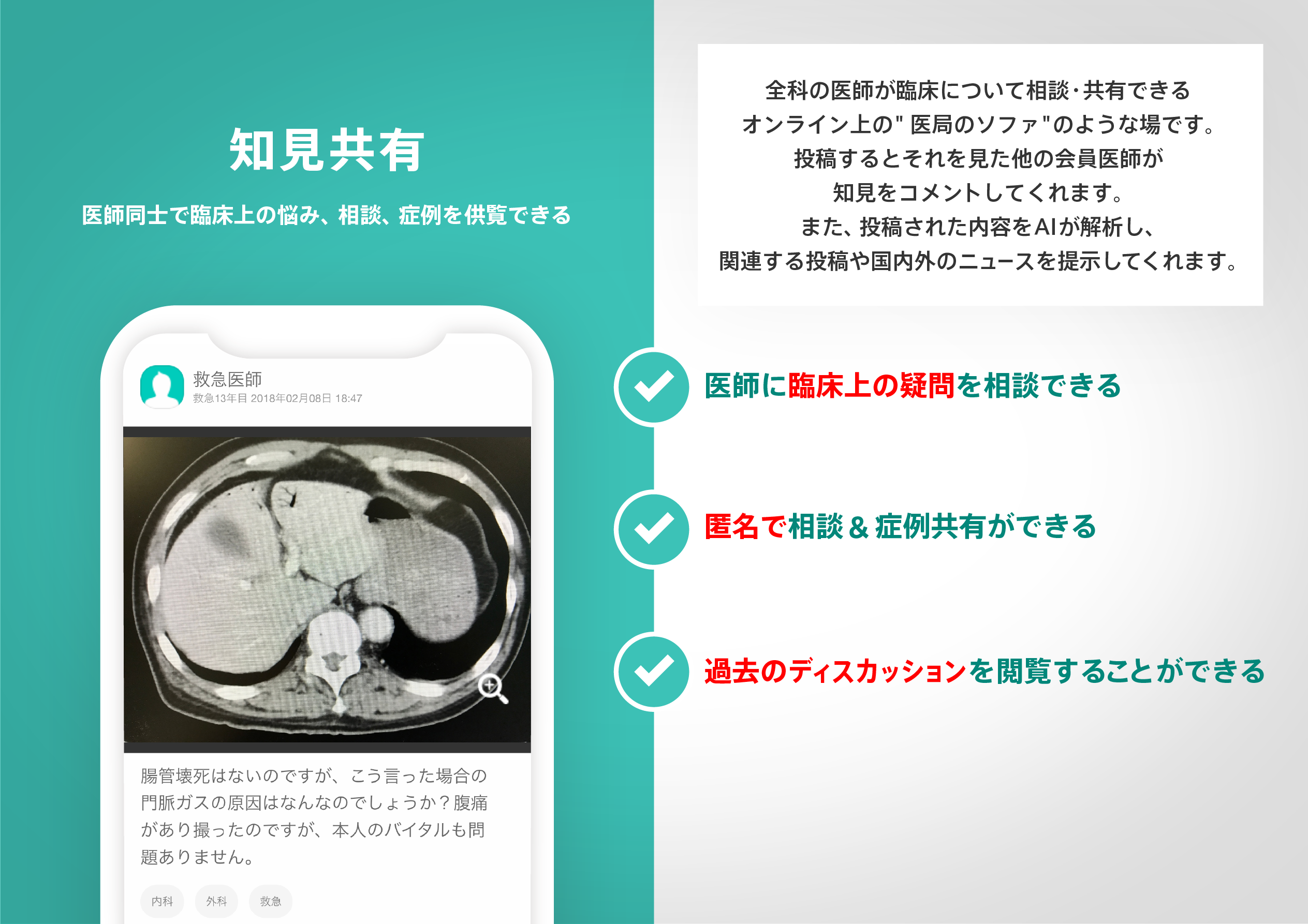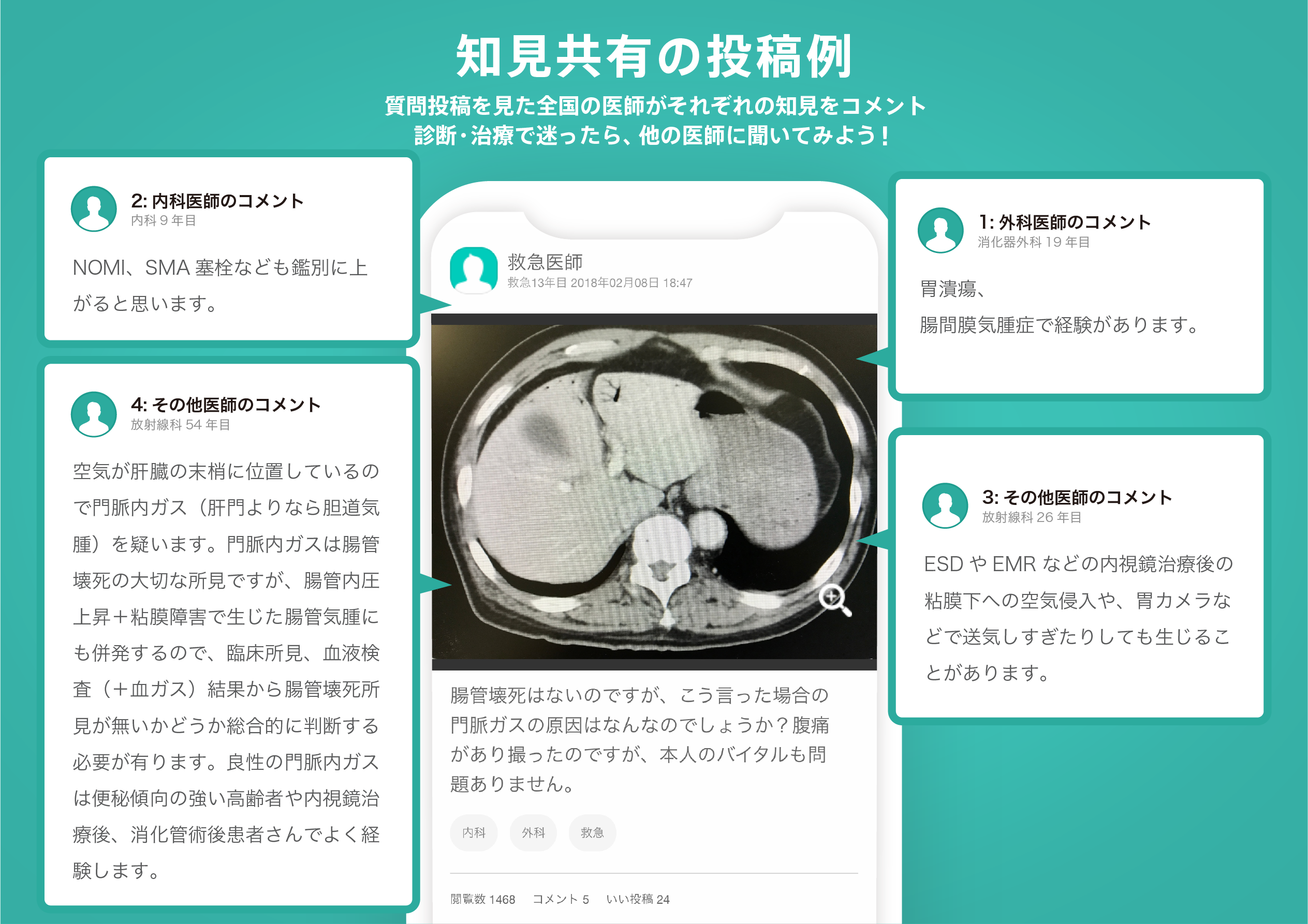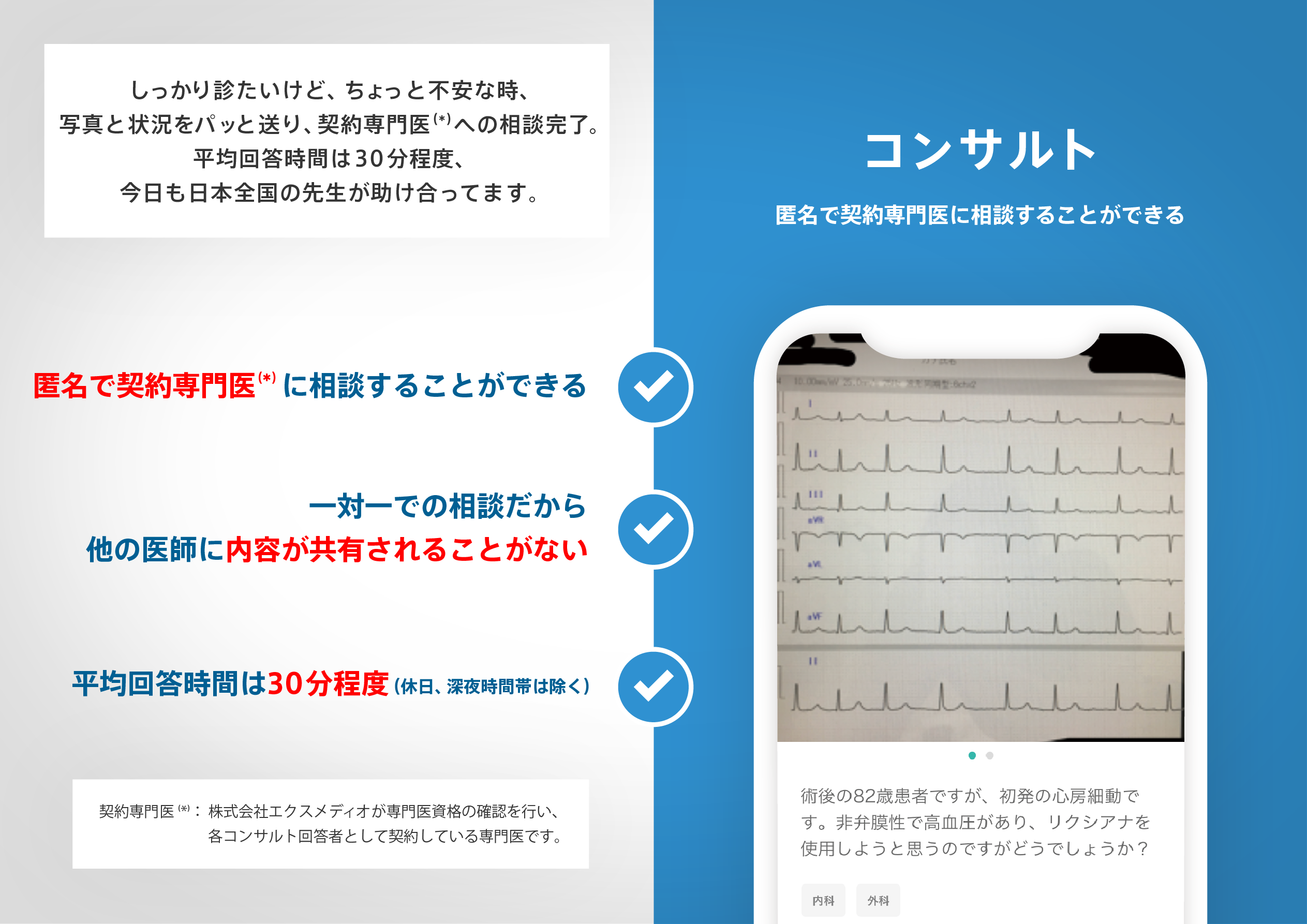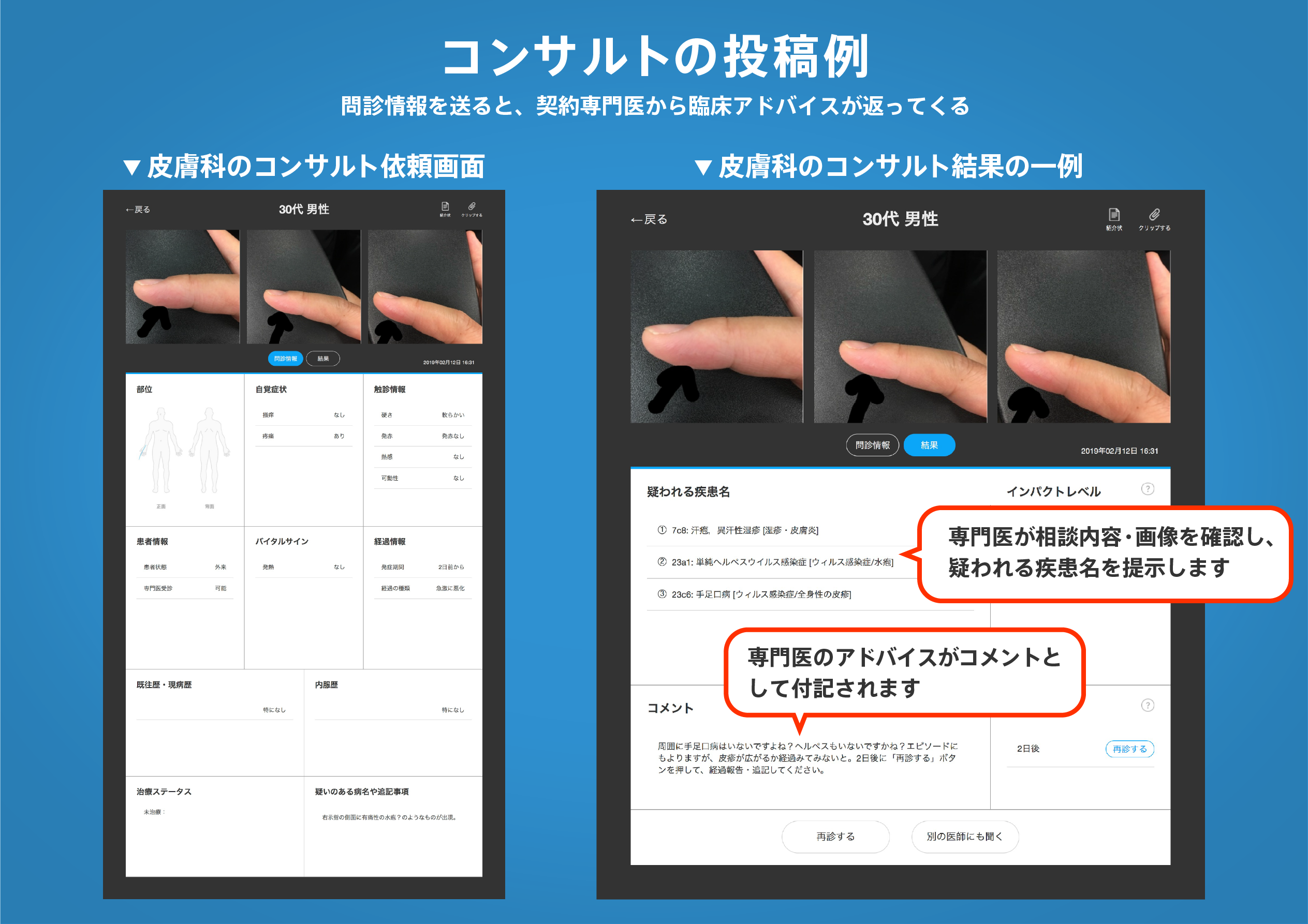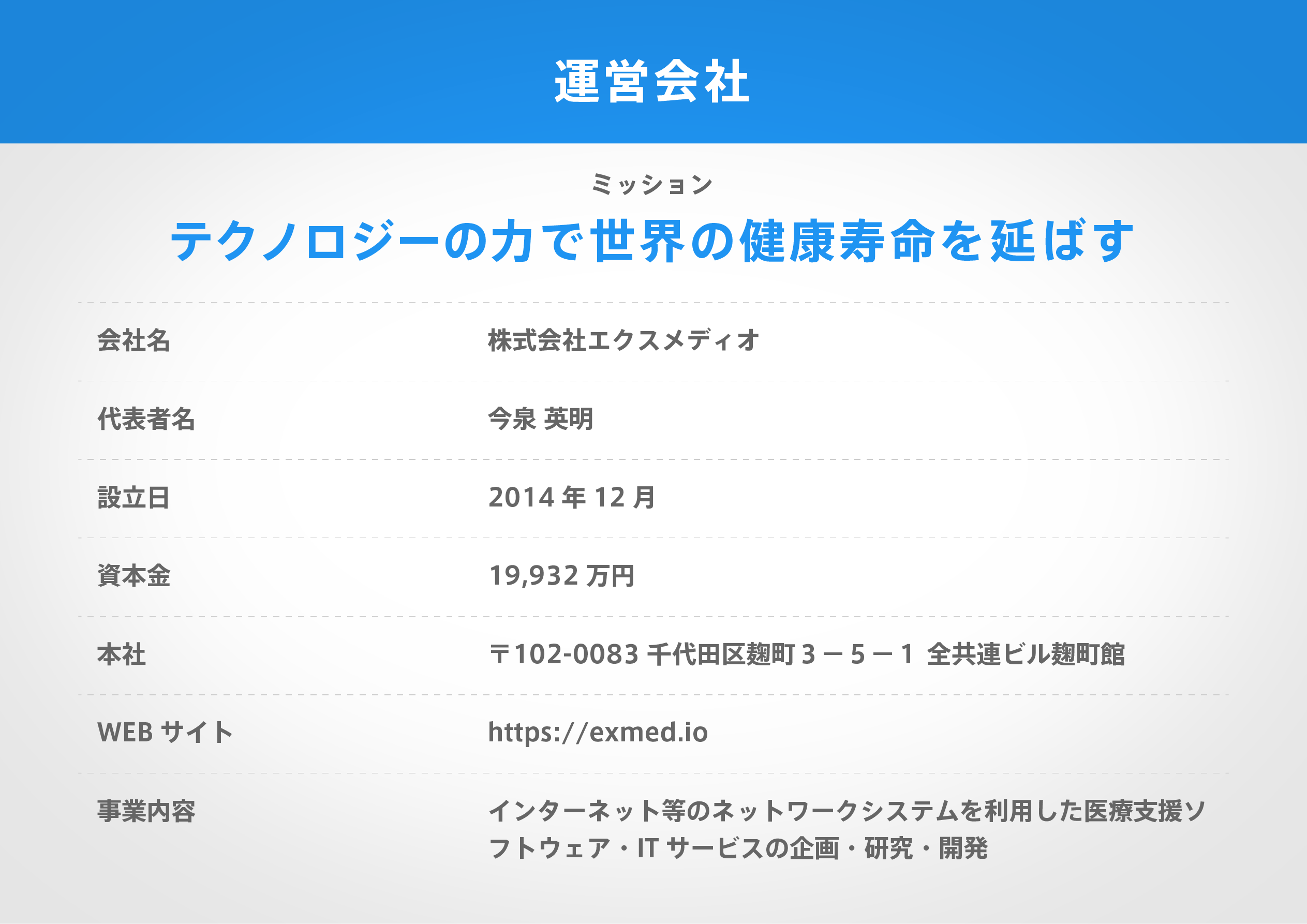著名医師による解説が無料で読めます
すると翻訳の精度が向上します
急性肺塞栓症(PE)の治療後の残留血栓塞栓性閉塞の系統的評価は研究されています。この評価は、臨床的に疑われるPEが発生した場合、または心肺合併症または再発性静脈血栓塞栓症(VTE)のリスク層別化のためのツールとして臨床的に重要である可能性があります。この研究の目的は、PE解像度の速度と臨床結果への影響を評価することです。この将来のマルチセンターコホート研究では、CT肺血管造影(CTPA)と診断された急性PEの157人の患者が、6か月の抗凝固剤治療後に追跡調査を受けました。2人の専門家胸部放射線科医は、残留血栓塞栓性閉塞の存在を独立して評価しました。ベースラインおよびフォローアップでの閉塞の程度は、Qanadli閉塞指数を使用して計算されました。すべての患者は2。5年間フォローアップされました。ベースラインでは、閉塞指数の中央値は27.5%でした。6か月の治療の後、患者の84.1%で完全なPE分解能が発生しました(95%信頼区間(CI):77.4-89.4%)。残留血栓症の閉塞を持つ25人の患者の閉塞性指数の中央値は5.0%でした。フォローアップ中、16人の患者が再発性VTEを経験しました。残存血栓塞栓性閉塞の存在は、再発VTE(調整済みハザード比:0.92; 95%CI:0.2-4.1)と関連していませんでした。この研究は、PEの治療後の残留血栓症閉塞の発生率が現在予想されているよりもかなり低いことを示しています。これらの発見は、残留血栓症閉塞と再発VTEの間に相関がないことと組み合わされて、急性PEの治療を受けた患者のフォローアップCTPAイメージングの日常的な使用をサポートしていません。
急性肺塞栓症(PE)の治療後の残留血栓塞栓性閉塞の系統的評価は研究されています。この評価は、臨床的に疑われるPEが発生した場合、または心肺合併症または再発性静脈血栓塞栓症(VTE)のリスク層別化のためのツールとして臨床的に重要である可能性があります。この研究の目的は、PE解像度の速度と臨床結果への影響を評価することです。この将来のマルチセンターコホート研究では、CT肺血管造影(CTPA)と診断された急性PEの157人の患者が、6か月の抗凝固剤治療後に追跡調査を受けました。2人の専門家胸部放射線科医は、残留血栓塞栓性閉塞の存在を独立して評価しました。ベースラインおよびフォローアップでの閉塞の程度は、Qanadli閉塞指数を使用して計算されました。すべての患者は2。5年間フォローアップされました。ベースラインでは、閉塞指数の中央値は27.5%でした。6か月の治療の後、患者の84.1%で完全なPE分解能が発生しました(95%信頼区間(CI):77.4-89.4%)。残留血栓症の閉塞を持つ25人の患者の閉塞性指数の中央値は5.0%でした。フォローアップ中、16人の患者が再発性VTEを経験しました。残存血栓塞栓性閉塞の存在は、再発VTE(調整済みハザード比:0.92; 95%CI:0.2-4.1)と関連していませんでした。この研究は、PEの治療後の残留血栓症閉塞の発生率が現在予想されているよりもかなり低いことを示しています。これらの発見は、残留血栓症閉塞と再発VTEの間に相関がないことと組み合わされて、急性PEの治療を受けた患者のフォローアップCTPAイメージングの日常的な使用をサポートしていません。
The systematic assessment of residual thromboembolic obstruction after treatment for acute pulmonary embolism (PE) has been understudied. This assessment is of potential clinical importance, should clinically suspected recurrent PE occur, or as tool for risk stratification of cardiopulmonary complications or recurrent venous thromboembolism (VTE). This study aimed to assess the rate of PE resolution and its implications for clinical outcome. In this prospective, multi-center cohort study, 157 patients with acute PE diagnosed by CT pulmonary angiography (CTPA) underwent follow-up CTPA-imaging after six months of anticoagulant treatment. Two expert thoracic radiologists independently assessed the presence of residual thromboembolic obstruction. The degree of obstruction at baseline and follow-up was calculated using the Qanadli obstruction index. All patients were followed-up for 2.5 years. At baseline, the median obstruction index was 27.5 %. After six months of treatment, complete PE resolution had occurred in 84.1 % of the patients (95 % confidence interval (CI): 77.4-89.4 %). The median obstruction index of the 25 patients with residual thrombotic obstruction was 5.0 %. During follow-up, 16 (10.2 %) patients experienced recurrent VTE. The presence of residual thromboembolic obstruction was not associated with recurrent VTE (adjusted hazard ratio: 0.92; 95 % CI: 0.2-4.1).This study indicates that the incidence of residual thrombotic obstruction following treatment for PE is considerably lower than currently anticipated. These findings, combined with the absence of a correlation between residual thrombotic obstruction and recurrent VTE, do not support the routine use of follow-up CTPA-imaging in patients treated for acute PE.
医師のための臨床サポートサービス
ヒポクラ x マイナビのご紹介
無料会員登録していただくと、さらに便利で効率的な検索が可能になります。

